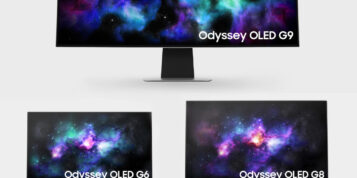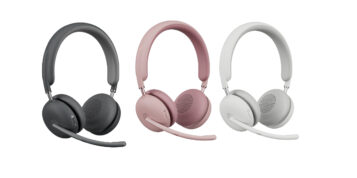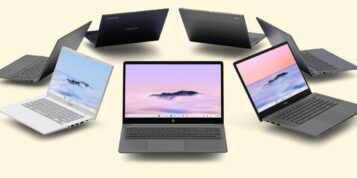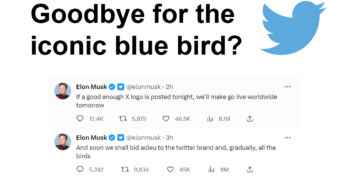Snapchat is now the proud owner of 3D face-scanning app Seene. The secret transaction took place a few months ago, but it has only recently come to light.
The Seene app allows users to capture 3D models using the camera on their smartphone. It is believed that Snapchat is interested in using this format for a new category of lenses for selfies as well as a new 3D photo format. It could also form the basis of virtual reality projects in the future.
Seene can scan and then reconstruct full 3D geometry on smartphones without the need for infrared sensors or multiple cameras that similar offerings like Microsoft Kinect and Project Tango rely on. It also does all of the processing and recreating directly on the phone itself without turning to a cloud backend. In addition, Seene has the ability to inject 3D objects on the phone’s display around items that appear in real life.
Seene tech could help enhance sponsored lenses
This function could be particularly useful for the sponsored lenses introduced by Snapchat last fall in which advertisers pay out to get their brand onto people’s faces. The platform also acquired Looksery last year to help power selfie lenses. As TechCrunch points out, the combination of Seene and Looksery could help create “ads that people want to touch”.
Snapchat thrives on finding new ways to keep users interested in the social platform, and such innovation certainly fits the bill. Back in April, Snapchat gave users the ability to swap faces with other photos saved on a phone, allowing people to place their faces on top of those in other photos.
The Seene team, which is currently spread across the U.S. and the UK, will be relocated to the Snapchat base in Los Anglees. The purchase price was not released, but TechCrunch reports it was a low “cash and share” deal. Snapchat has not yet commented on the move.
Potential applications in virtual reality
Seene’s technology could feature prominently if Snapchat decides to venture into headset-based virtual reality or augmented reality in something akin to Google’s Daydream VR or HoloLens. However, such a development could be quite a long way off. In the meantime, Seene tech is more likely to turn up as a novelty in the current iteration of Snapchat, enhancing the user experience and potentially attracting new users.
Estimates place the number of people who use Snapchat each day at around 150 million, which recently surpassed the 140 million estimated for Twitter.





